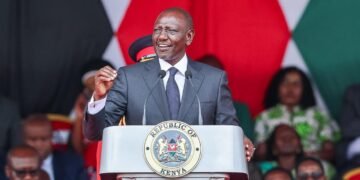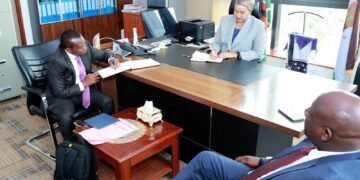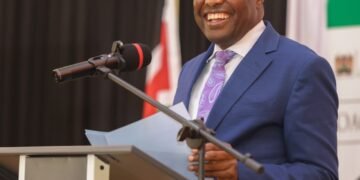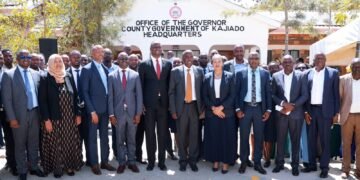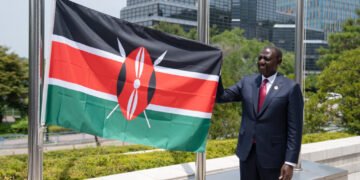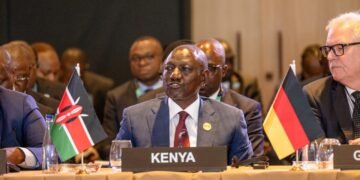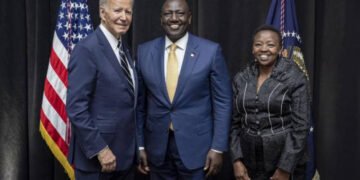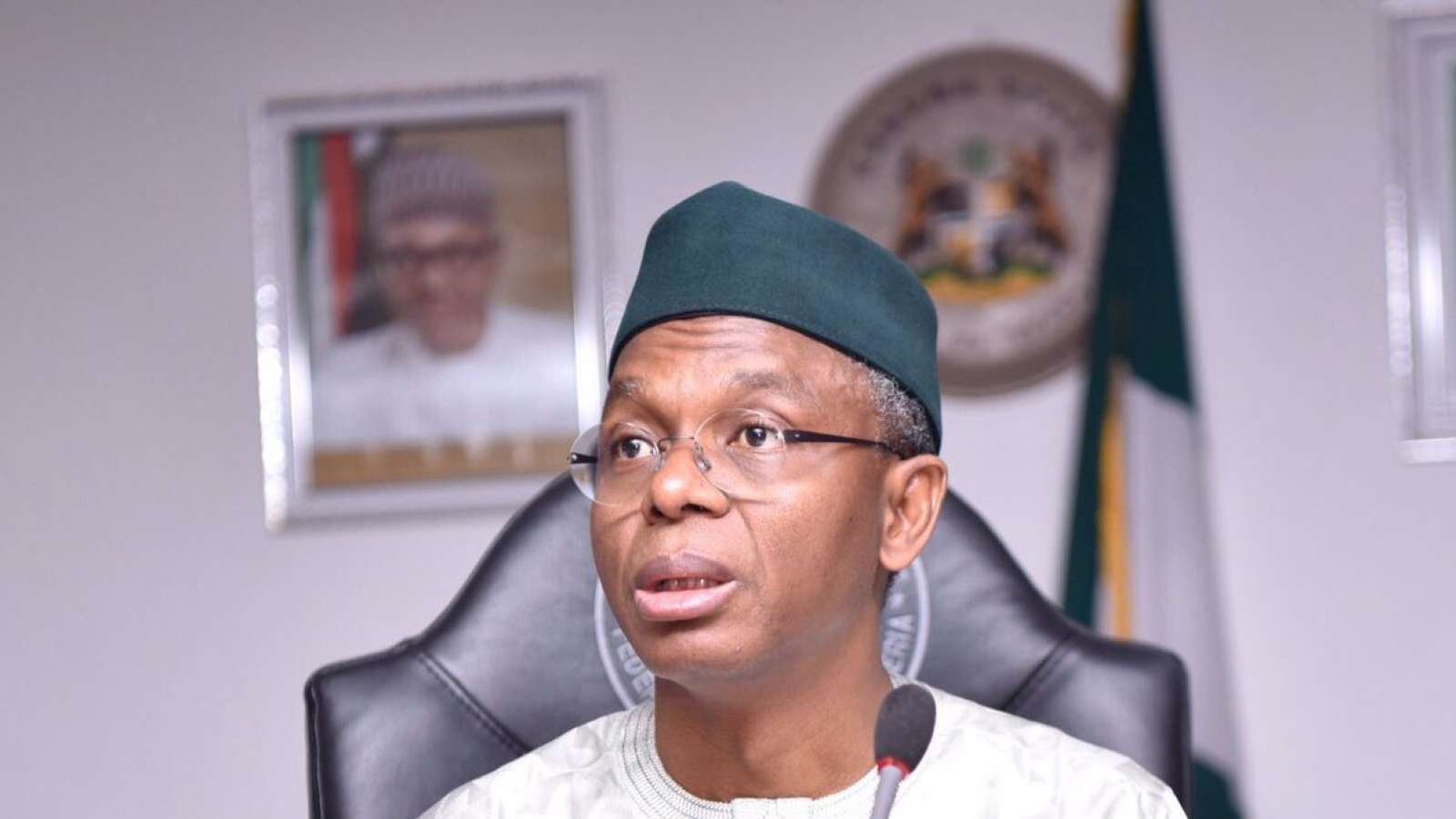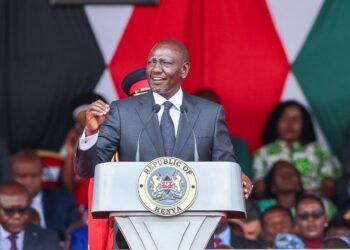The value of gold export receipts reached US$6.6billion last year, the Minister of Lands and Natural Resources, Samuel Abu Jinabor, has revealed.
The revenue realised from exports of gold declined from US$6.779billion in 2020 to US$5.083billion in 2021 due to the contraction in gold production, particularly the near-collapse in volume of gold exports by the small-scale sub-sector.
Gross receipts from the export of minerals waned from US$6.998billion in 2020 to US$5.241billion in 2021, a 25 percent downturn. However, gold exports in 2022 alone are more than the total minerals export value for the previous year, according to the minister.
Although he did not state the volume of gold exports for last year, the significant jump comes on the back of industry expectation for a 12.5 percent increase in the 2022 year under review as output from large-scale gold producers in the country, against the previous year’s gold production of 2.7 million ounces.
In the small-scale mining space, Mr. Jinapor stated that output went up from 3,429.91kg in 2021 to 22,158.25kg in 2022, representing an about-550 percent increase.
This, he added, is attributable to the reduction of withholding tax on unprocessed gold by small-scale miners, which was introduced in 2015, from 3 percent to 1.5 percent.
Also, the Lands Minister disclosed that following significant investments in exploration, four new large-scale mining operations will start production within the next two and half years – although he did not specify the specifics.
Furthermore, he alluded to significant investments in the redevelopment and expansion of existing mines in the country.
He said: “After reviving the Obuasi Mine in 2019, the Bibiani Mine that had been dormant for seven years has also been revived and production started in October last year. These investments will result in a significant increase in our mineral production and government revenue”.
Mr. Jinapor took his turn at the regular press briefing exercise organised by the Ministry of Information, and noted that government is currently undertaking a general review of the mining policy adopted in 2014 and the Minerals and Mining Act which was passed in 2006.
The review seeks to align them with current developments in the mining industry as part of efforts to promote more investments in the mining sector.
The ministry, Mr. Jinapor said, will continue to implement its two-pronged approach of law enforcement and reformation to deal with the menace of illegal mining.
He reiterated that river-bodies remain ‘red zones’ for mining, while reconnaissance, prospecting and/or exploration in forest reserves continue to be suspended – except in exceptional circumstances.
Meanwhile, five-speed boats have been procured to patrol river-bodies.
As part of additional measures to address illegal mining in the country, he said: “We are also implementing the Minerals and Mining (Mineral Operations – Tracking of Earthmoving and Mining Equipment) Regulations, 2020 (L.I. 2404)”.
This is expected to track some 4,000 excavators and other earth-moving equipment. So far, a control room has been established at the Minerals Commission and 75 excavators at various mine sites have been fitted with tracking devices, he added.
“We continue to promote responsible small-scale mining through community mining schemes. Last year, 14 of these schemes were inaugurated. And last month I inaugurated the first community mining scheme for the year in Bongo-Soe in the Bongo district of the Upper East Region,” he said.
He announced that in the coming days new community mining schemes will be commissioned at Bole in the Savannah Region; Wa in the Upper West Region; and Nangruma in the North East Region.
“All these schemes are supported with Gold katchas to help small-scale miners extract gold from ore without the use of mercury,” he further stated.
Business and Finance Times



